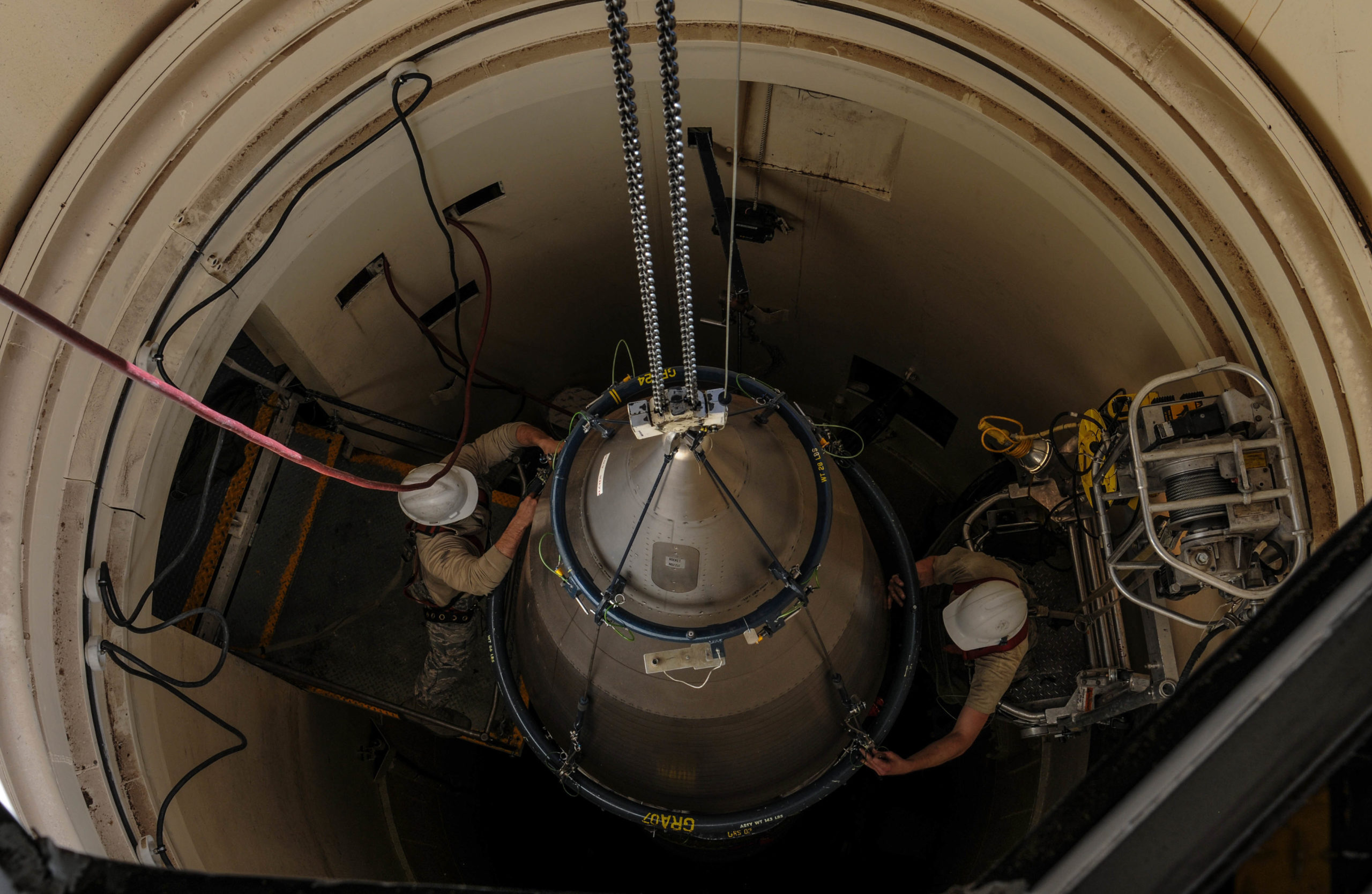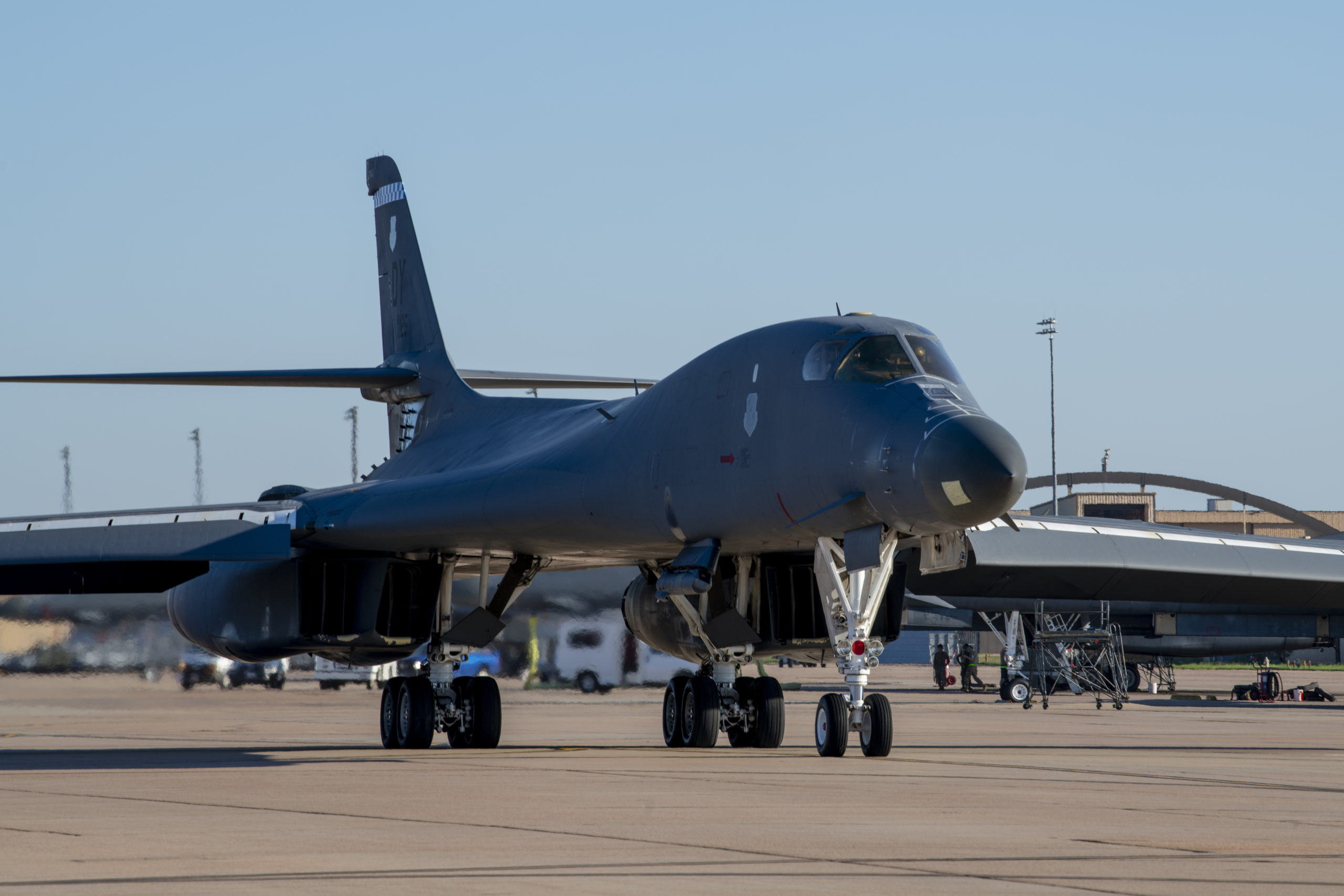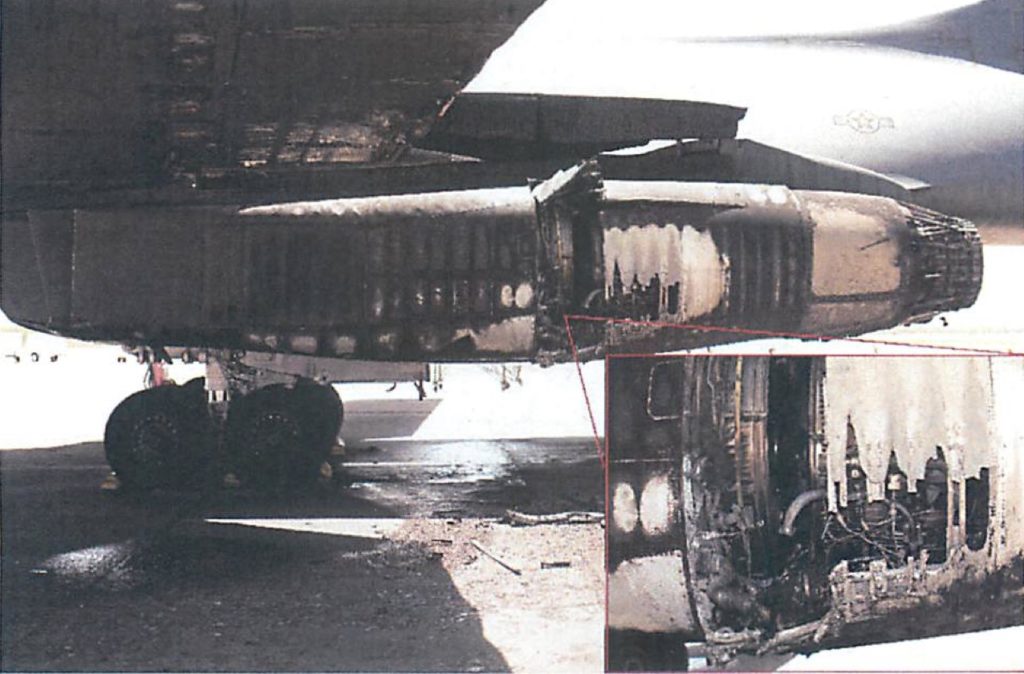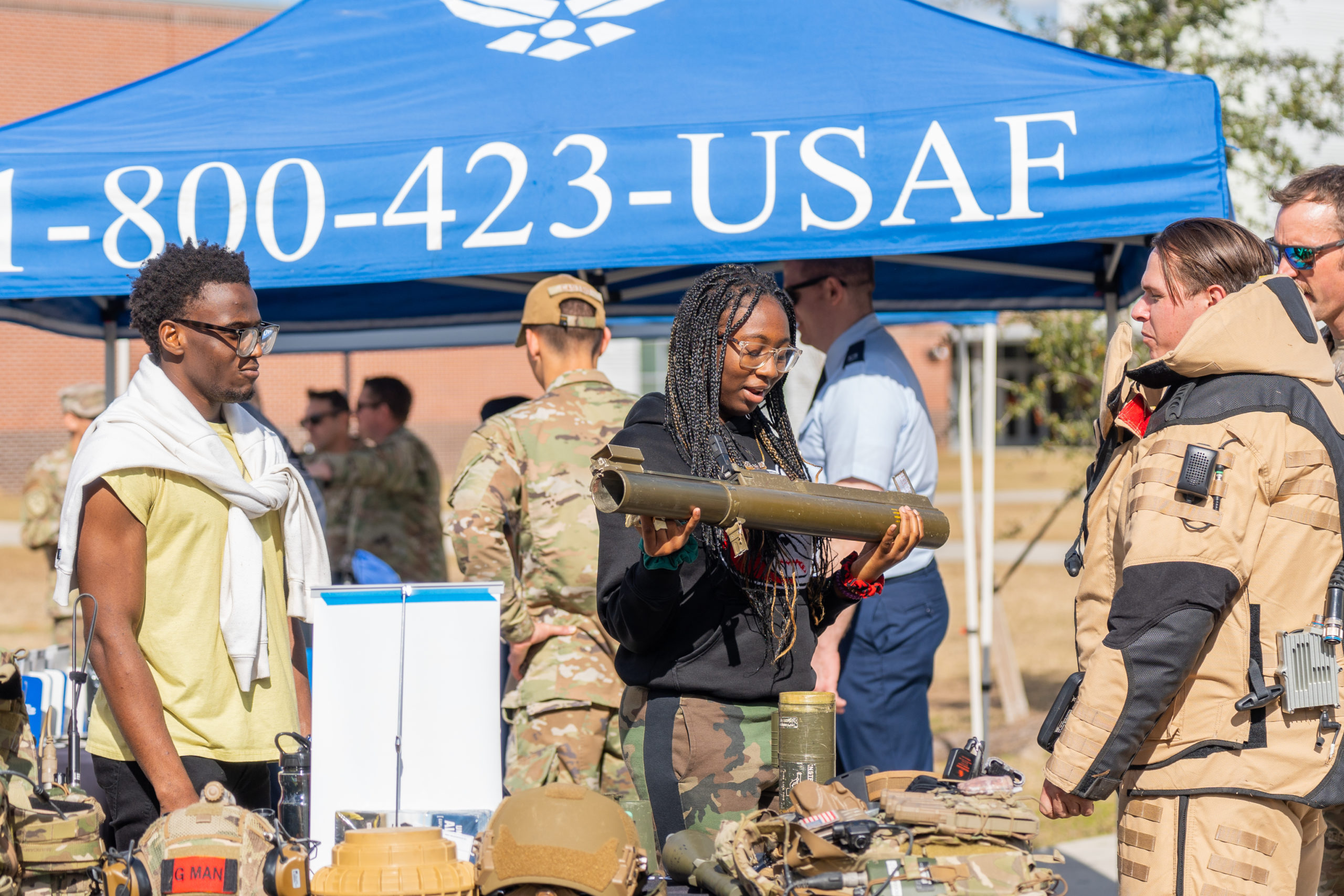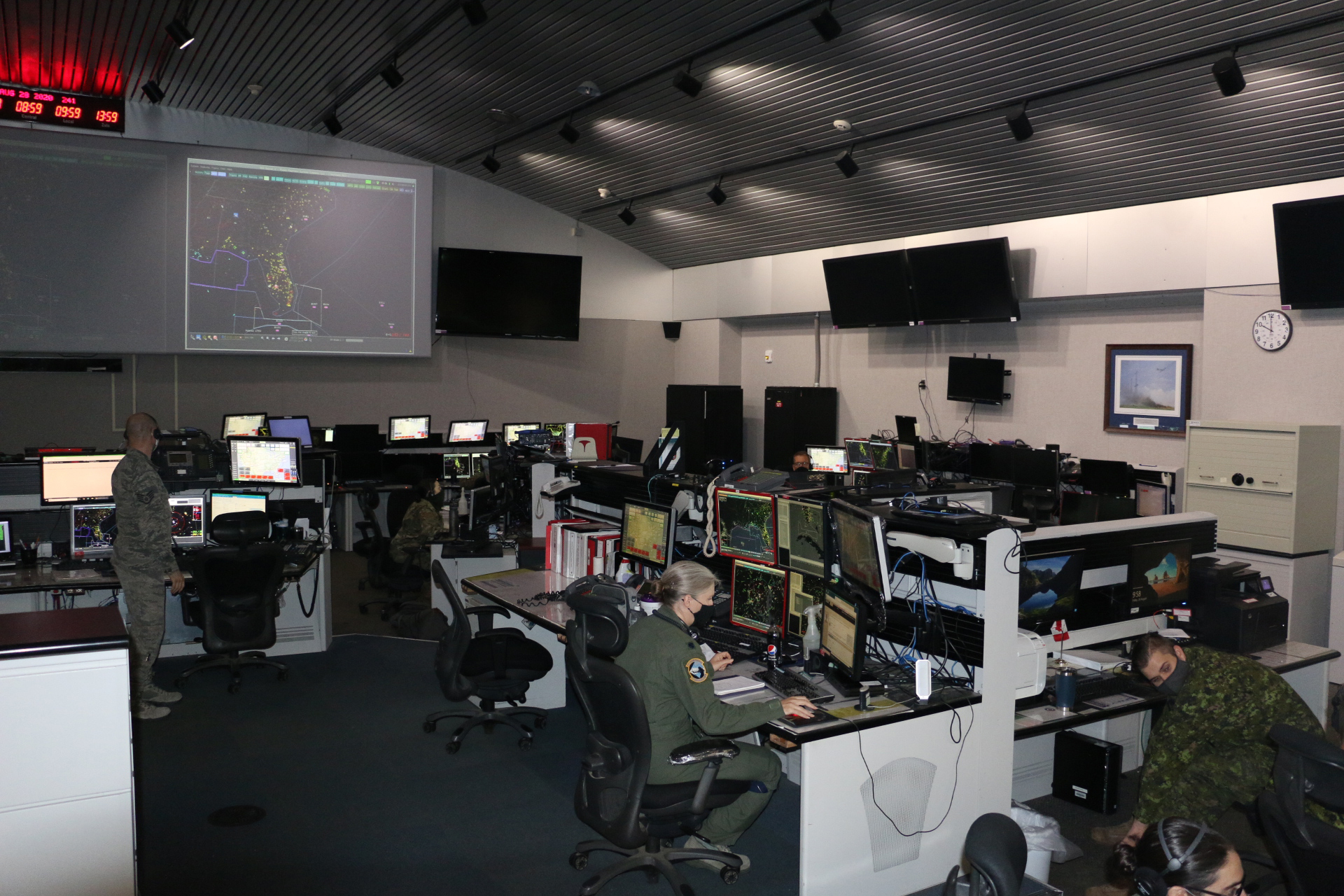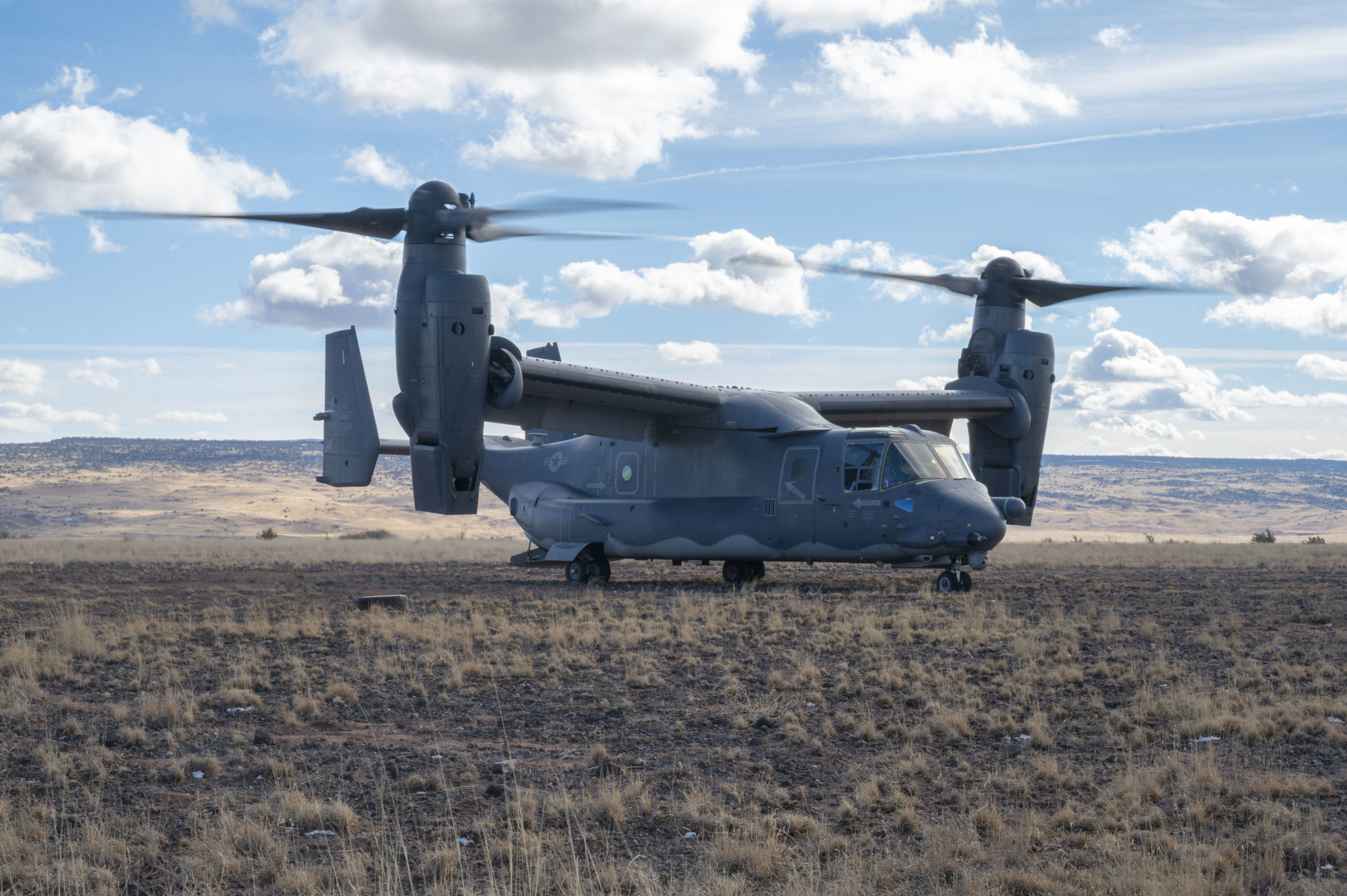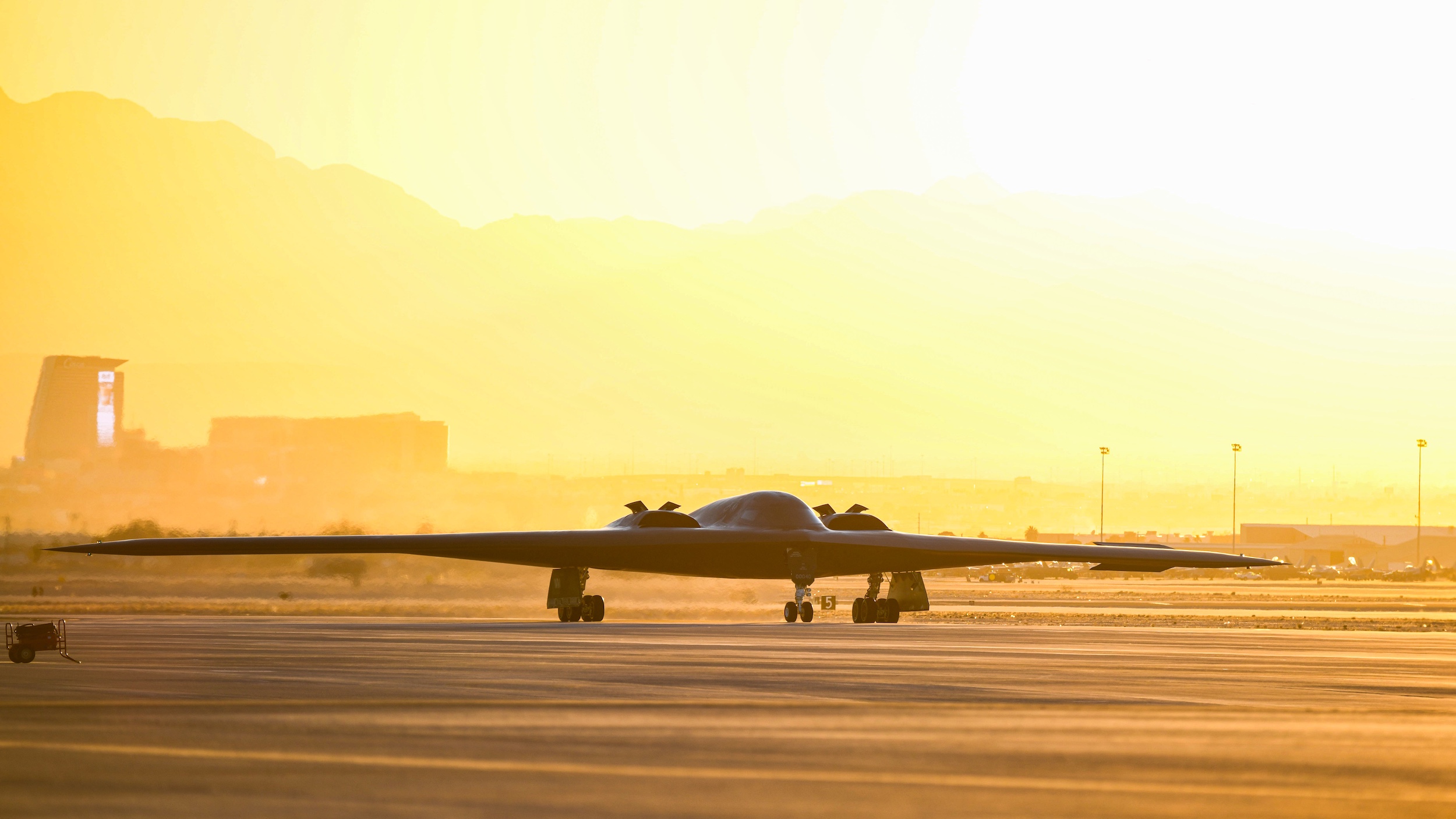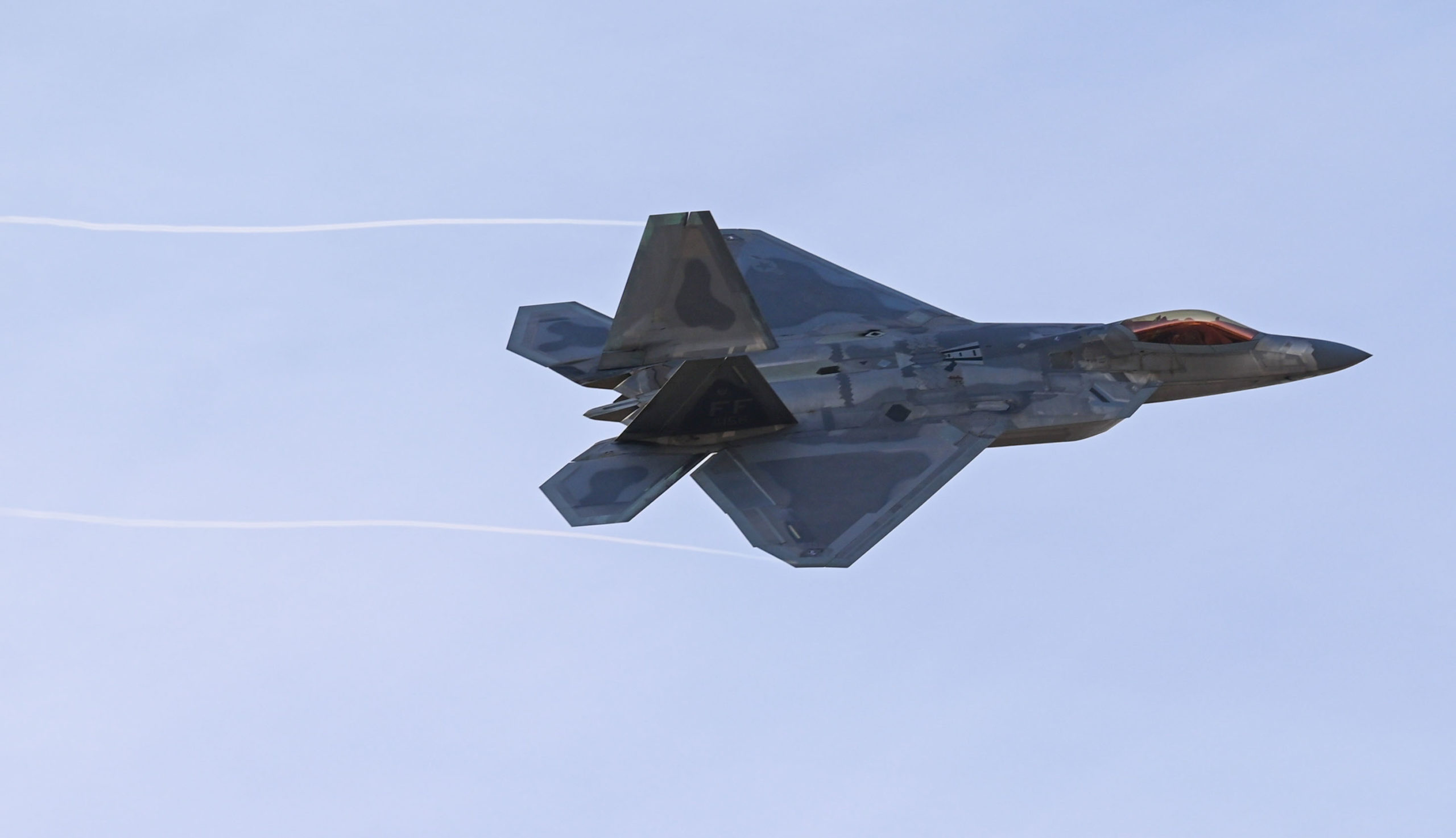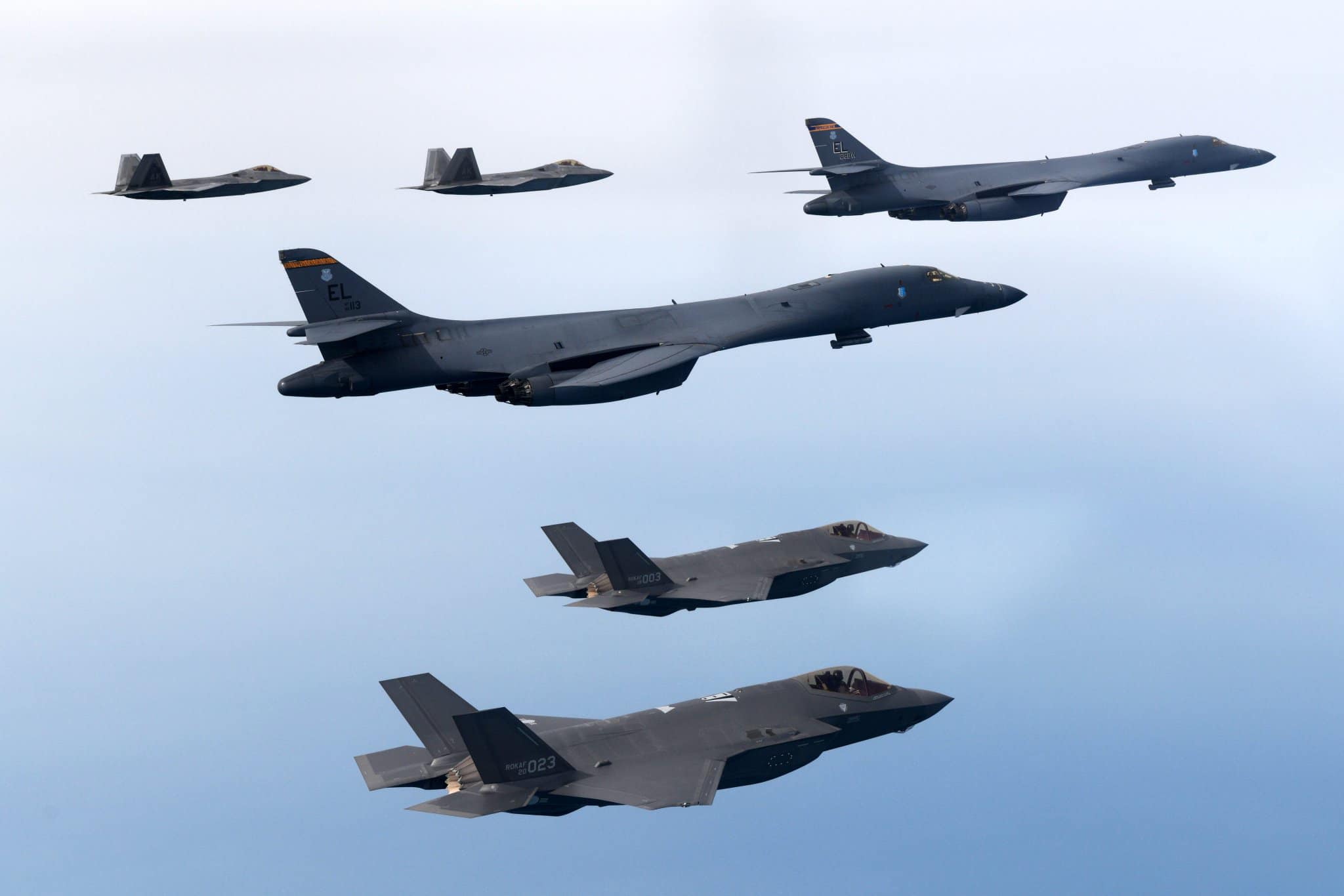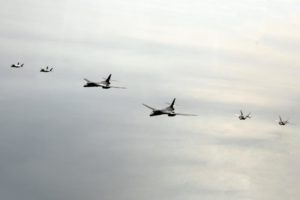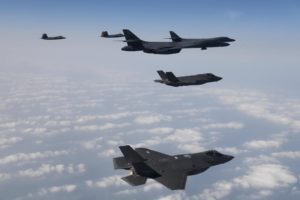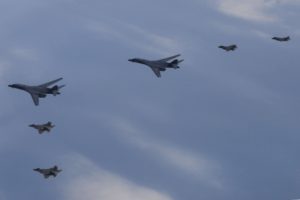China officially surpassed the U.S. in total land-based nuclear missile launchers, U.S. Strategic Command told Congress last month, but the American nuclear triad still comprises greater stockpiles of missiles and warheads.
The Jan. 26 letter from STRATCOM Commander Gen. Anthony J. Cotton came in response to a statute in the 2022 National Defense Authorization Act requiring the Pentagon to notify the Senate and House Armed Services Committees if it determined that China has more land-based intercontinental ballistic missiles, ICBM warheads, or ICBM launchers than the U.S.
As of October 2022, Cotton wrote, China had more launchers. He did not specify exactly how many launchers China has.
The change shows China’s rapid expansion in nuclear capabilities. In 2021, satellite images showed China was building 250 to 300 new ICBM silos in three different missile fields, although whether some or any of the silos are actually armed is unclear. The People’s Liberation Army Rocket Force (PLARF) also has dozens of mobile missile launchers, or transporter erector launcher (TEL) vehicles.
The U.S. has 400 Minutemen III ICBMs in silos spread across three missile fields and no land-based mobile missile launchers. Its ICBMs are capped under treaty with Russia. The U.S. also has nuclear-armed ballistic missile submarines and nuclear-capable bombers.
Cotton said China is developing a “bona fide” nuclear triad during his confirmation hearing. The PLA is developing a nuclear air-launched ballistic missile, a potential new class or subtype of submarine, and a secretive H-20 long-range bomber.
Still, the most recent China Military Power Report from the Pentagon estimates that the Chinese have just six ballistic missile submarines, compared to 14 for the U.S. Navy, and that China only recently began fielding its H-6N nuclear-capable bomber. By contrast, the the U.S. Air Force has more than 90 nuclear-capable B-2 and B-52 bombers.
STRATCOM’s letter to lawmakers focused solely on land-based launchers.
China is building up nuclear weapons and infrastructure at what former Air Force Global Strike Command boss Gen. Timothy M. Ray described called a “breathtaking” pace, leading the Pentagon to estimate China’s future arsenal will reach 1,500 warheads by 2035. That has Cotton and others contemplating a future with two “near-peer” nuclear adversaries in China and Russia.
While more than triple China’s current stockpile of around 400 warheads, the projected total is still far less than the 3,700 nuclear warheads in the U.S. arsenal.
“We can be confident that we still retain vast stocks far in excess of what the [Chinese Communist Party’s] ambitions suggest they will be to achieve in the near term,” said Dr. Melanie W. Sisson, a foreign policy fellow at the Strobe Talbott Center for Security, Strategy, and Technology, in testimony before the House Armed Services Committee Feb. 7.
Dr. Brendan S. Mulvaney, director of the China Aerospace Studies Institute (CASI) at Air University, said that China must also deal with issues of command and control between its armed services. In a prior interview with Air & Space Forces Magazine he agreed that China will not match U.S. stockpiles in the near term.
Still, the fact that China now has more land-based missile launchers was met with concern in the Capitol. Rep. Mike Rogers (R-Ala.), chairman of the House Armed Services Committee, noted it in his opening statement Feb. 7 and issued a statement alongside Rep. Doug Lamborn (R-Colo.), chair of the HASC strategic forces subcommittee; Sen. Roger Wicker (R-Miss.), ranking member of the Senate Armed Services Committee; and Sen. Deb Fischer (R-Neb.), ranking member of the SASC strategic forces subcommittee.
“This should serve as a wake-up call for the United States,” the four lawmakers said. “It is not an understatement to say that the Chinese nuclear modernization program is advancing faster than most believed possible. We have no time to waste in adjusting our nuclear force posture to deter both Russia and China. This will have to mean higher numbers and new capabilities.”
